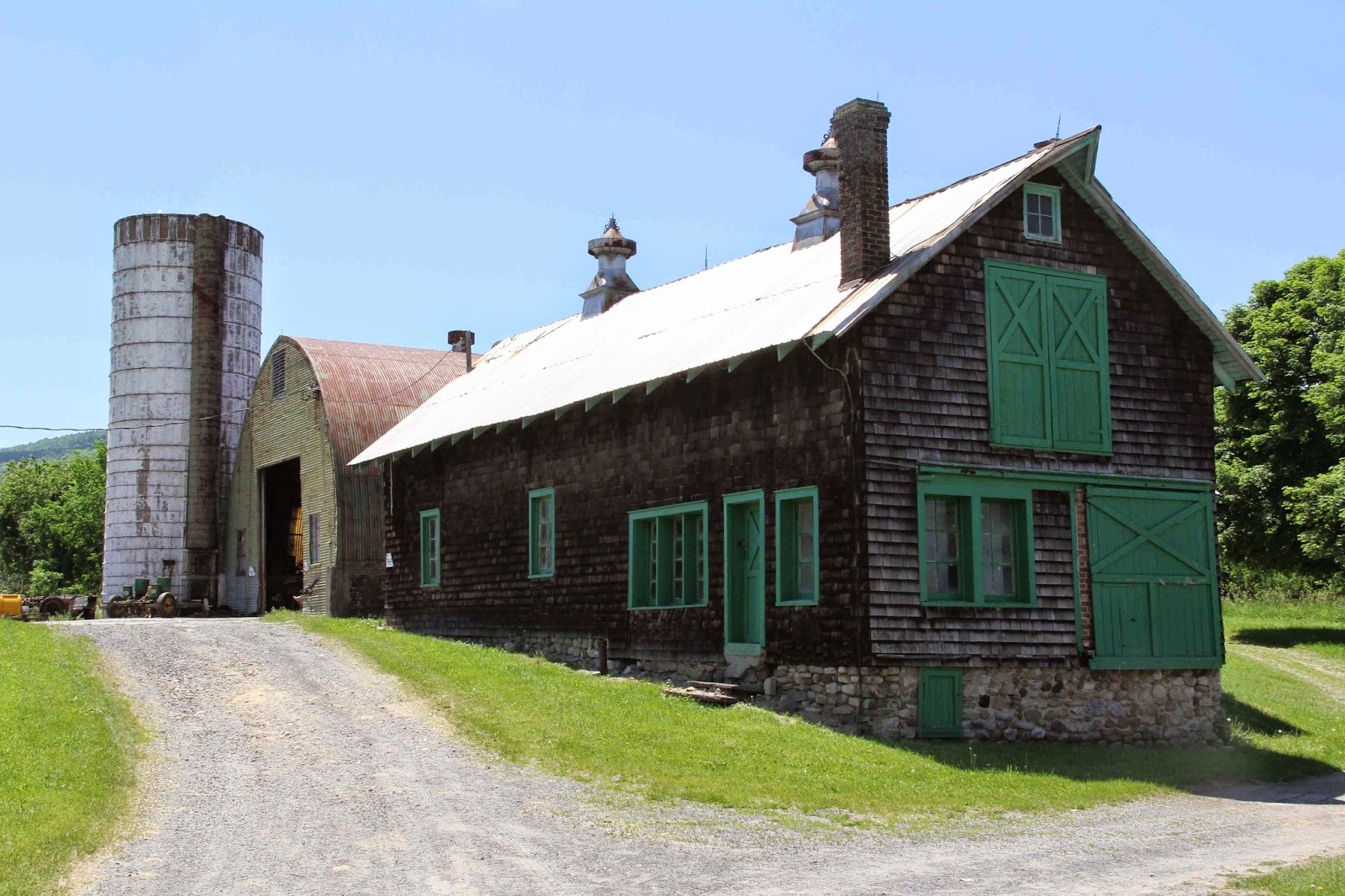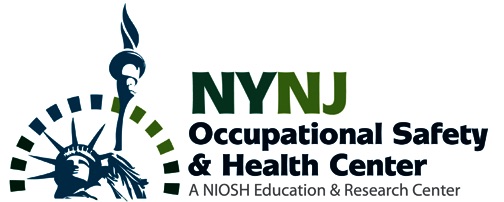The last day of
our tour we visited Boot Cotton Mill in Lowell, MA and the Everett Mill in Lawrence,
MA. Prof. Robert Forrant, a labor historian at UMass Lowell, led our tour. He provided a rich description of the mills
and labor history of Lowell and Lawrence.
In Boott Mill, we saw working looms. They are very loud, and we wore hearing
protection during that part of the tour.
Afterward, we walked through the museum, and learned about the workers, the
process, and the history of cotton mill work.
In Lawrence, we went to the Everett Mill,
the location of the Bread and Roses strike in 1912. We walked through town to see how massive the
mills were, and the amount of real estate that they took up. Our final stop in Lawrence was at the
Pemberton Mill, where the building collapsed due to inadequate construction. Over 100 workers died in the collapse and
subsequent fire (tourlawrence.org).
Thanks to everyone on the tour for making this a great experience!





























